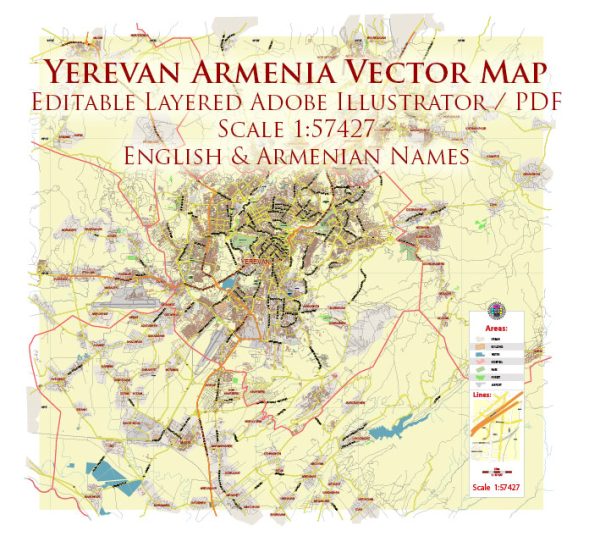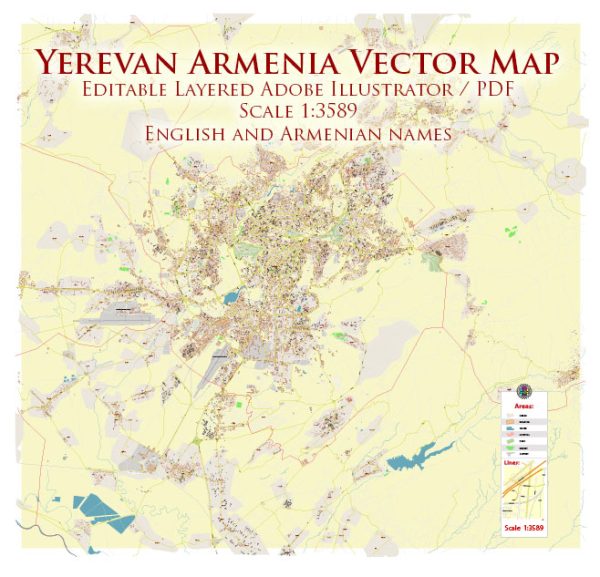Yerevan, the capital and largest city of Armenia, has a rich history of urban development that spans several millennia. The city’s history is marked by various civilizations, invasions, and cultural influences. Here is a brief overview of the history of Yerevan’s urban development:
- Ancient Foundations:
- Yerevan has ancient origins, with evidence of settlement dating back to the 8th century BC.
- The city has been under the rule of different empires, including the Urartian Kingdom, Persian Empire, Roman Empire, and Byzantine Empire.
- Medieval Period:
- During the medieval period, Yerevan was a significant center within the Armenian Bagratid Kingdom.
- The city suffered various invasions, including those by Seljuk Turks and Mongols.
- Persian and Ottoman Rule:
- Yerevan fell under Persian rule in the 16th century and later came under Ottoman control.
- The city experienced both growth and decline during this period.
- Russian Influence:
- In the early 19th century, Yerevan came under Russian control as a result of the Russo-Persian War.
- The Russian Empire brought significant changes to the city, including the construction of new buildings and infrastructure.
- Soviet Era:
- Yerevan became the capital of the Armenian Soviet Socialist Republic in 1920.
- The Soviet era saw extensive urban planning and development, with the construction of large housing complexes, industrial zones, and cultural institutions.
- Post-Soviet Independence:
- After the dissolution of the Soviet Union in 1991, Yerevan became the capital of independent Armenia.
- The city faced economic challenges during the transition to a market economy, but it also witnessed a revival of cultural and commercial activities.
- Contemporary Development:
- In recent years, Yerevan has undergone significant urban development, with the construction of modern buildings, shopping centers, and infrastructure projects.
- The city has become a hub for technology and innovation, with the establishment of IT companies and startups.
- Architectural Highlights:
- Yerevan is home to various architectural landmarks, including the Republic Square, the Cascade complex, and the Matenadaran (Institute of Ancient Manuscripts).
- The city’s skyline is a mix of Soviet-era buildings, historical structures, and contemporary architecture.
- Cultural Heritage:
- Yerevan preserves its rich cultural heritage through museums, theaters, and art galleries.
- The city hosts numerous events and festivals, celebrating its history and contemporary arts scene.
Yerevan’s urban development reflects the dynamic history and diverse influences that have shaped the city over the centuries. Today, it stands as a vibrant capital with a blend of historical charm and modern progress.



 Author: Kirill Shrayber, Ph.D.
Author: Kirill Shrayber, Ph.D.